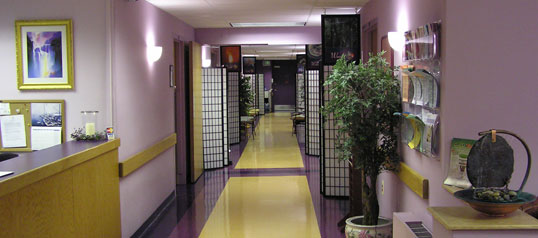
18 Jun Scientific Research That’s Been Missing in Healthcare—Until Now
There’s no question that healthcare is dependent on the latest scientific advancements. Lab experiments and recent discoveries are constantly opening up new ways to make people feel better and get better. Tremendous financial resources are committed to this path.
However, lately there there’s a new kid, or rather science collaboration, on the block who is offering different solutions for the patient experience: neuroscience and architecture.
Medicalnewstoday.com describes neuroscience as “the study of how the nervous system develops, its structure, and what it does. Neuroscientists focus on the brain and its impact on behavior and cognitive functions.” They have also found that certain activities occur in the brain (consciously or unconsciously) as the result of the outside environment.
Certainly in my Feng Shui work, I am cognizant of a client’s reaction to a space from the minute they walk in. “Gosh, I love this place!” or “Yikes, this is horrible!”
Clearly some brain activity is at work here in both cases.
At a conference held in 2014 by the Academy of Neuroscience for Architecture in La Jolla, CA, neuroscientists, architects, psychologists and other academics gathered to explore this space-mind concept.
It was agreed that all senses are influenced by the physical qualities of a space, yet the most important is vision, which provides over 80 % of the information we need to understand the space around us. Hence, initial reactions walking into a clinic or hospital or a patient room provide enough data that someone can draw an immediate conclusion: “I feel good in here.” Or not.
The goal of an integrative space is to project a message of healing and safety, wholeness and confidence. Migette Kaup, an environmental psychologist and interior designer explains: “Architectural cues can provide reinforcement to the desired behaviors that we would like to see enacted in specific place types.”
The take-away from the Academy of Neuroscience for Architecture conference is that there are still a lot of unknowns between architecture and how people’s brains respond. What we do know is how someone reacts within a space, and that if a patient reacts positively, they have moved the body into a state of equilibrium where healing can take place.
